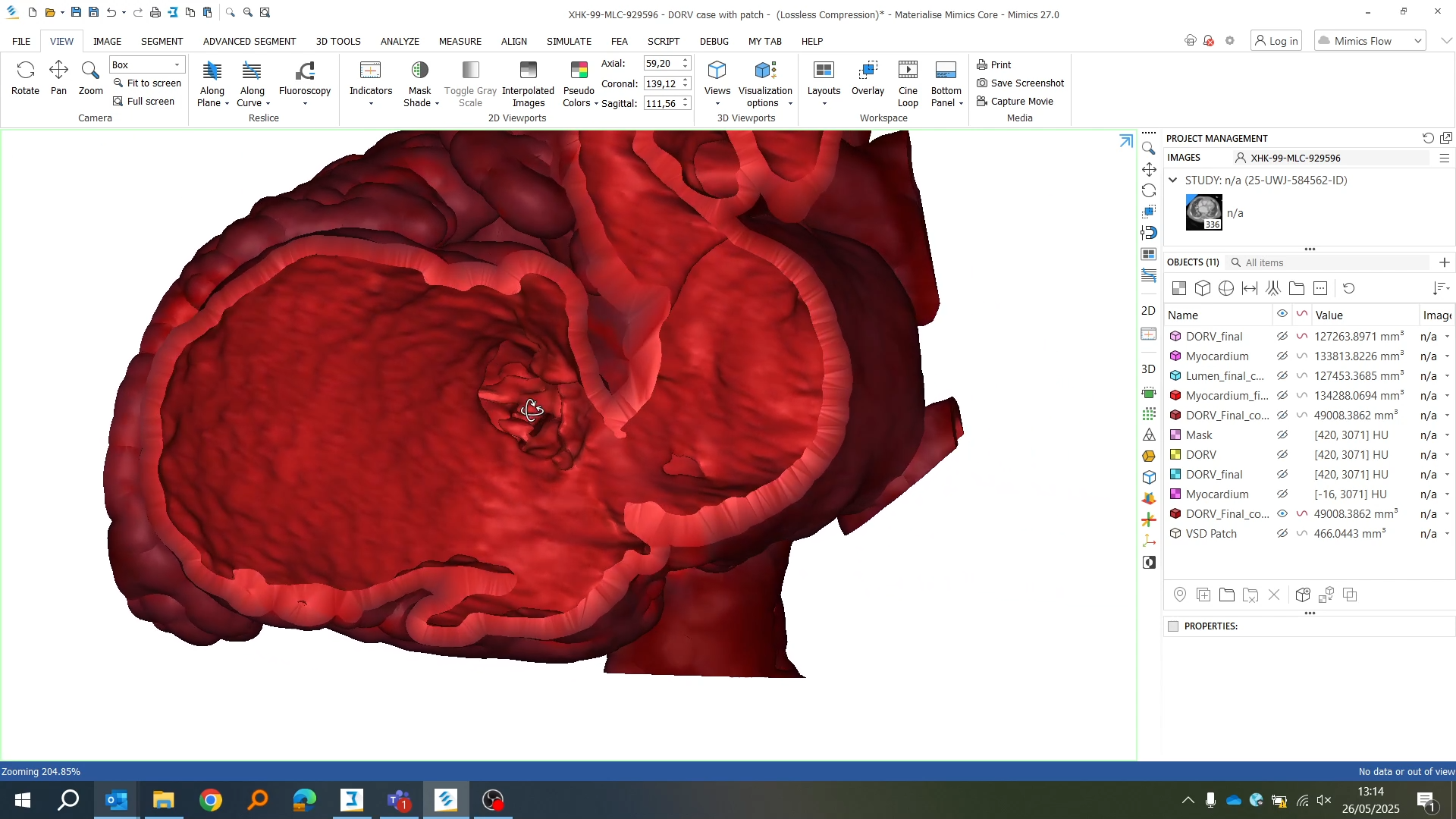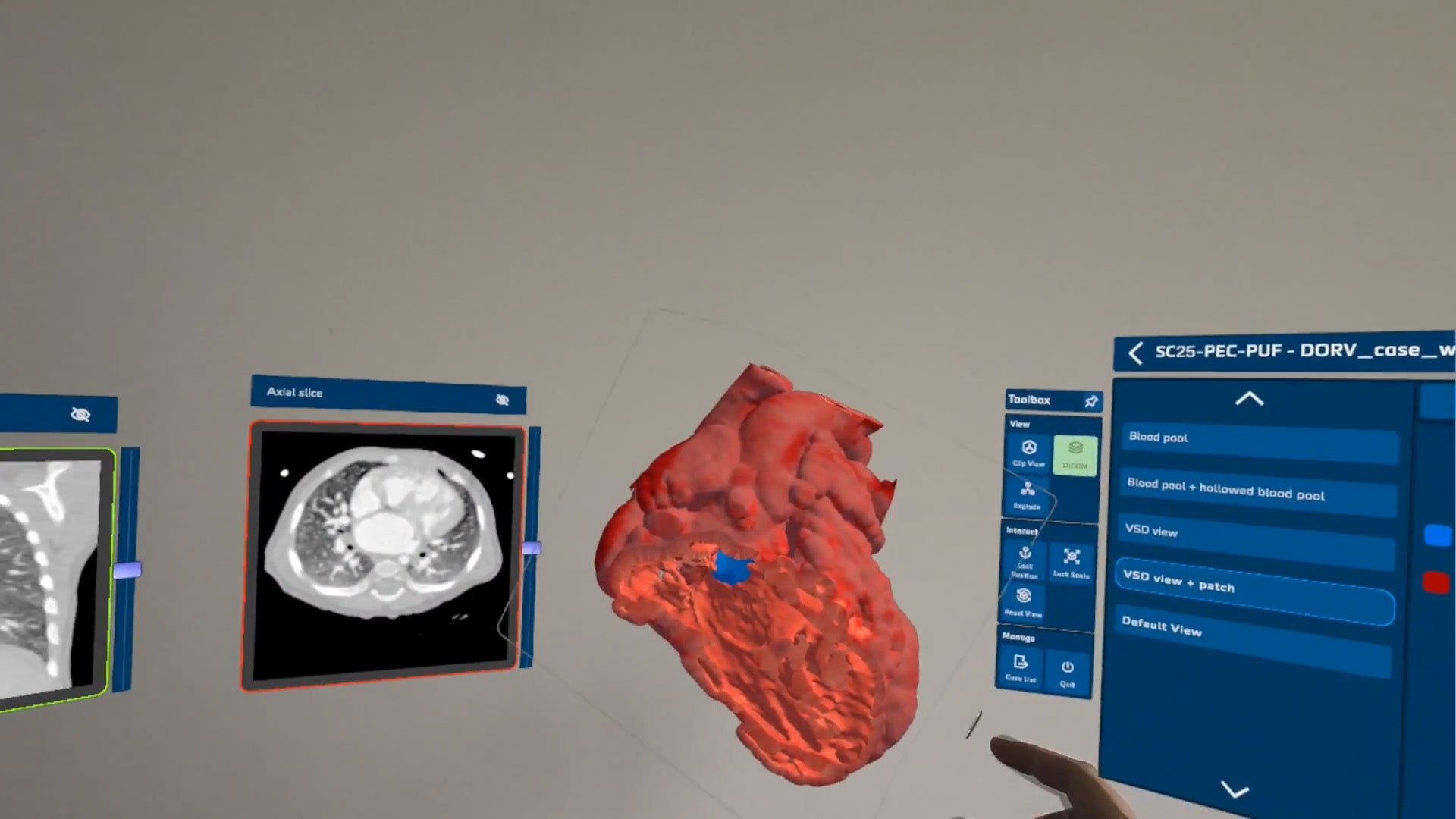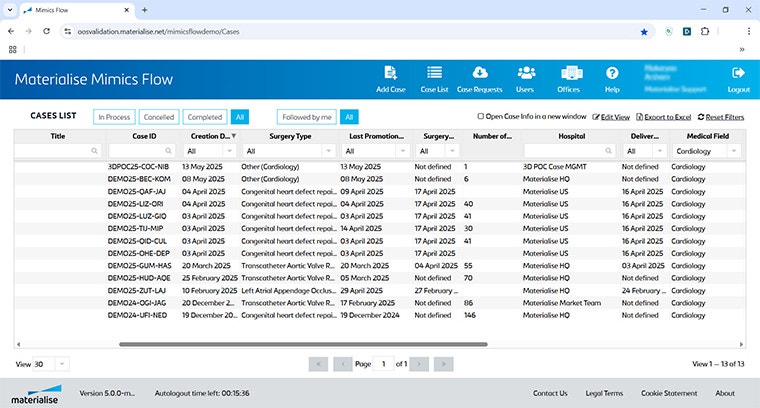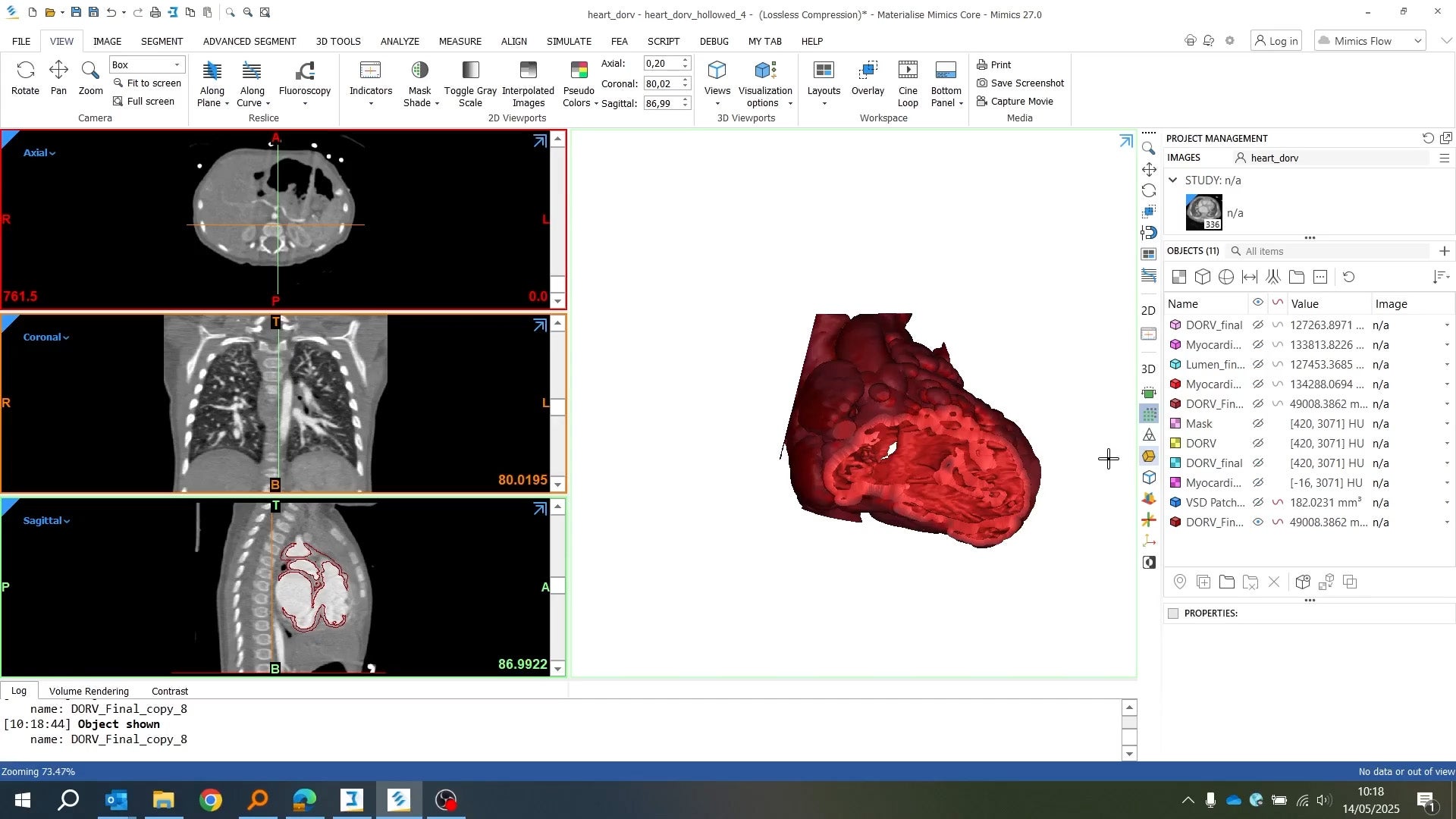Redefine surgical planning for better patient care
The biggest insights for the smallest hearts
Enhance your understanding with interactive visualization and 3D planning tools to better prepare for surgery, supporting your pursuit of improving patient outcomes.
A patient and family relationship built on clear understanding
Give families a comprehensive understanding of the patient’s condition and proposed treatment with interactive 3D models.
Training and education that elevates every member of the team
Empower your team with immersive training that refines skills in a risk-free environment, fosters collaboration, and builds confidence before stepping into the OR.
Everything you need in one software package
Discover the impact
Proven outcomes
Explore research that supports personalized surgical planning tools for congenital heart disease care.
3D models changed the surgical decision in 19 of 40 complex cases
Three-dimensional printed models for surgical planning of complex congenital heart defects: an international multicentre study. Dec. 2017
71% of clinicians reported improved management of postoperative problems in congenital heart disease surgeries using interactive 3D models
Novel, 3D display of heart models in the postoperative care setting improves CICU caregiver confidence. Mar. 2018
2 out of 15 previously ineligible patients received surgical options because of insights from interactive intra-cardiac visualization with 3D models
Patient-specific three-dimensional printed heart models benefit preoperative planning for complex congenital heart disease. Feb. 2019
Cases where 3D-printed models were used had significantly shorter intensive care unit time than cases in the control group
Three-dimensional printing enhances preparation for repair of double outlet right ventricular surgery. Jan. 2018
Parents rated 3D models a 9.5/10 when used to explain their child’s congenital heart disease
3D-manufactured patient-specific models of congenital heart defects for communication in clinical practice: feasibility and acceptability. Apr. 2015





